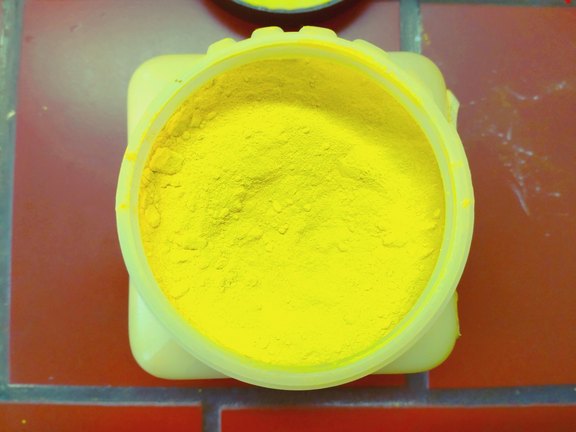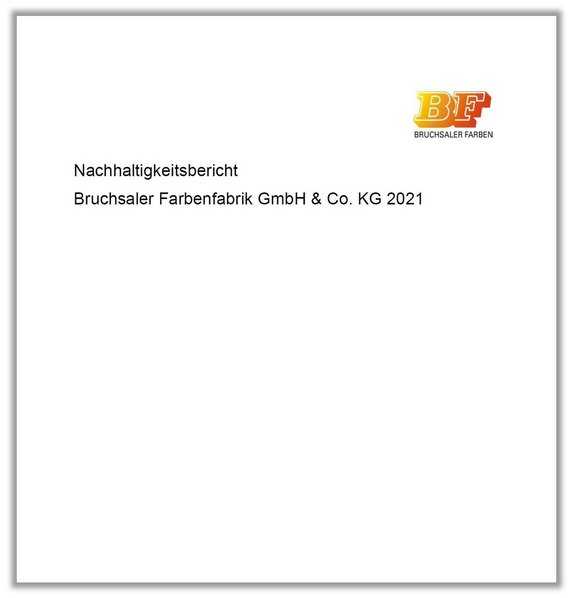Nowadays, bismuth vanadate yellow, also known as Pigment Yellow 184, is well known and appreciated. It is lightfast, highly durable and of a particularly brilliant yellow hue. Bismuth vanadate occurs naturally in the form of the minerals pucherite, clinobisvanite and dreyerite. However, these are not important for the industrial production of the pigment, as they are very rare and also do not exhibit the brilliant yellow hue.
In the 1920s, bismuth vanadate was produced for the first time as an artificial pigment. Until about 1990, however, it remained an absolute niche product, because lead chromates were cheaper to produce with similar coloristic properties. The switch to the non-toxic bismuth vanadate occurred gradually and has been largely completed in Europe.
The most common production method is precipitation of the pigment from a solution of bismuth and sodium vanadate. The quality of the pigment depends on the pH of the solution, temperature and foreign ions in the solution. The most desirable variety is a greenish yellow, but the reddish bismuth vanadates are also in high demand. The adjustment of the hue is done by reaction control and is mastered only by a few specialized companies.
The chemical and physical properties of bismuth vanadate are impressive. In addition, as an inorganic pigment, bismuth vanadate is much easier to disperse than organic pigments. To make it even more stable against environmental influences and extreme pH values, the pigment is usually coated with a protective layer. The good ecotoxicological profile of bismuth vanadate makes it the best inorganic substitute for yellow pigments containing lead.



